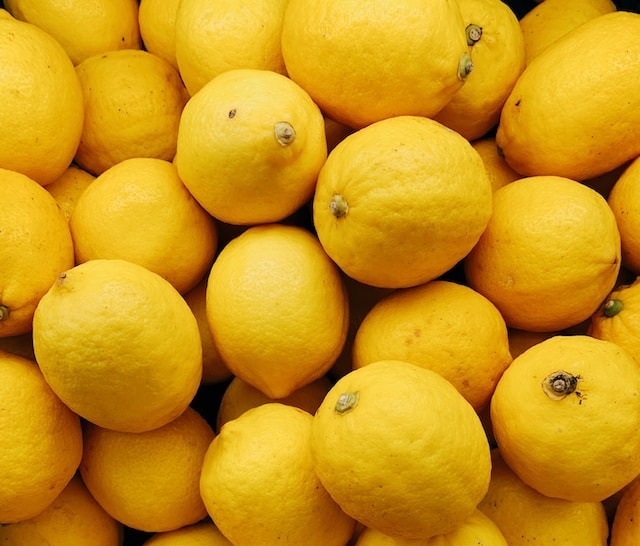W1 Lemon and Lime Update: Surge in Lemon Prices in Mexico and the US, Increased Lemon Production in Mexico, the US, and Chile in the 2022/23 Season

Mexico Faces Lemon Price Surge Amid Scarcity and High Demand in Early 2024
In the final days of 2023 and the beginning of 2024, lemon prices in city center markets in Mexico reached USD 2.37 per kilogram (MXN 40/kg) due to scarcity and increased demand. Producers purchasing a bag of lemons for USD 94.66 (MXN 1,600) sell them to tenants and market merchants, contributing to the high prices. Imported lemons from other regions are of lower quality than the Creole variety, and the limited supply results in higher costs. Scarce rains have led to lemon shortages, impacting the sector reliant on this product, especially in high demand by daily consumers. The price of lemons is anticipated to remain at USD 2.37/kg (MXN 40/kg) in W2.
Mexican Lemon Production Predicted to Hit 2.9 Million Tons in 2023/24 Despite a 4.9% YoY Decrease
Mexican lemon production is expected to reach 2.9 million tons in the 2023/24 season despite a 4.9% year-on-year (YoY) drop. United States Department of Agriculture (USDA) forecasts suggest that domestic consumption of fresh citrus will decrease by less than 1%. However, the economic environment influences consumer purchasing behavior, as citrus is not considered "basic" by price-sensitive households.
US Lemon Production Increased by 5.5% YoY Increase in 2022/23 Season
The USDA reported a 5.5% YoY increase in United States (US) lemon production in the 2022/23 season, with 1.12 million tons produced, marking a 5.8% increase from the previous year. California's lemon production reached a 50-year record, with 1.06 million tons cultivated. Arizona, which supplied 5% of the US lemon crop, experienced a second consecutive increase due to favorable weather and increased yields. This increase offset losses from attrition of Arizona's lemon acreage, which currently stands at 2.58 thousand hectares (ha).
Chile's Lemon Cultivation Surges by 1% YoY Growth in 2023/24 Season and Anticipated 6.7% YoY Increase in Production
During the 2023/24 season, Chile experienced a 1% YoY increase in lemon cultivation area, reaching 8.1 thousand ha. This growth is due to farmers recognizing lemon production as a profitable alternative to other crops, particularly avocado. Post-projection estimates anticipate a substantial 6.7% increase in lemon production, reaching 175 thousand metric tons (mt), driven by the expanded cultivation area and high yields.
Chilean lemon producers have focused on improving water use efficiency and disease management practices to enhance overall productivity and yields within the sector. This shift indicates a strategic response to market demands and economic considerations.



